Veroli, a village on the Cammino di San Benedetto, overlooks the Ernici Mountain from a relief at about 600 metres above the sea level. Its ancient origins are testified by the remains of firstly Roman, and then Medieval polygonal walls.
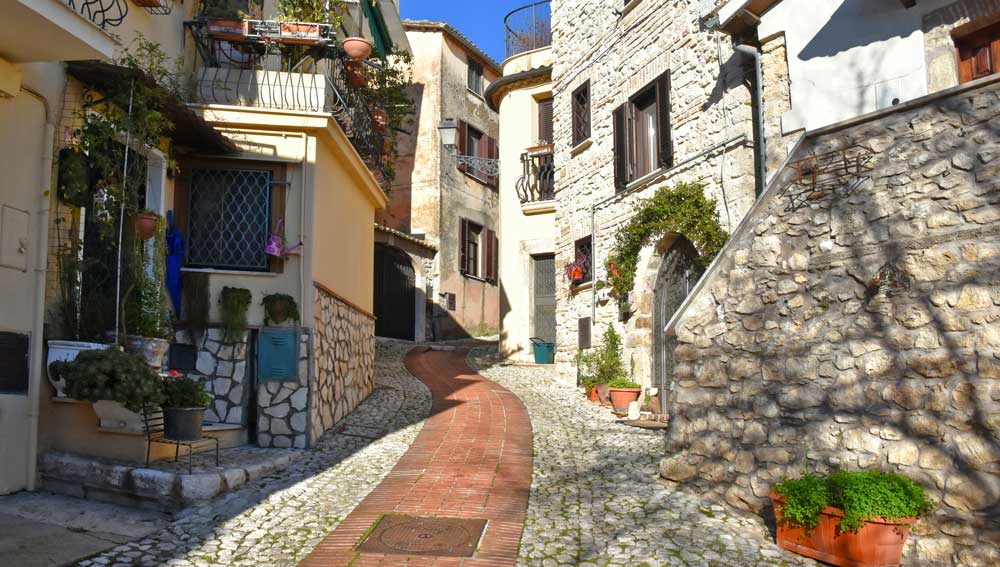
Veroli
The town’s coat of arms bears the writing “Verulana civitas almae urbi confederata” which reminds us of the alliance with the
Romans and the belonging to the bishopric in the Middle Ages. In the upper historic centre, in de district of San Leuci, stands a small church dedicated to the Saint from the eleventh century, the oldest place of worship in Veroli. The middle part of the ancient village hosts several noble palaces, which surround the thirteenth-century Cathedral of Sant’Andrea, built on the Temple of the ancient Verulae. The three-nave baroque interior has been renovated between the seventeenth and the eighteenth centuries. Finally, Rione Santa Croce, the lower neighbourhood, offers the opportunity to enjoy a pleasant walk throughout its peculiar sloping alleys.
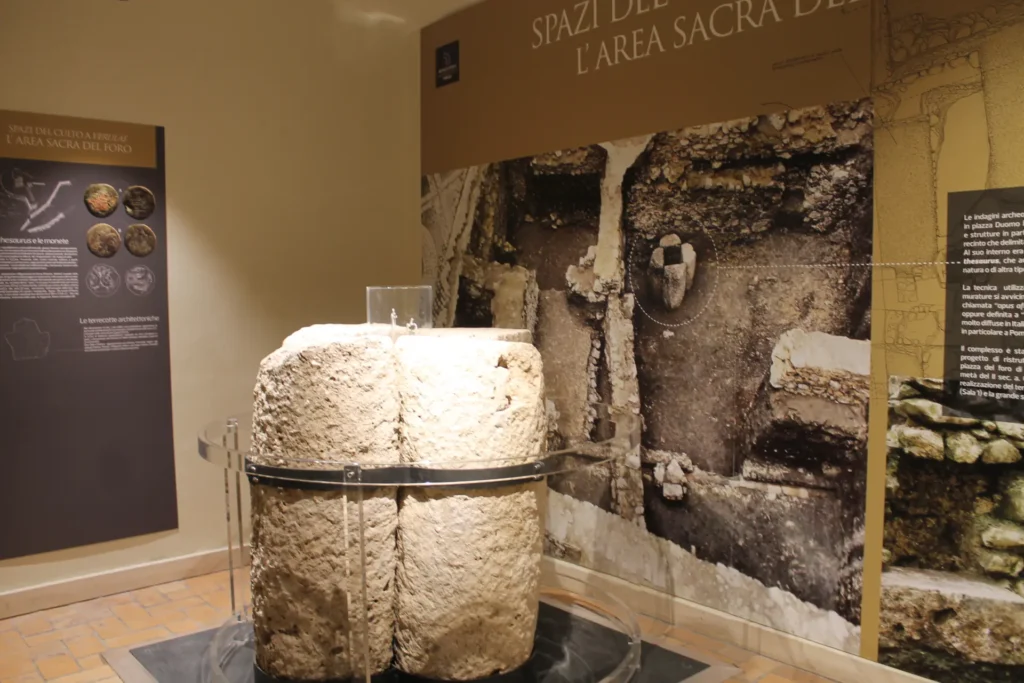
“Museo Civico Archeologico – I luoghi del tempo” in Veroli
The “Museo Civico Archeologico – I luoghi del tempo”, located in the basement of the Town Hall, tells the history of the ancient Veroli, by hosting a Roman cryptoporticus built between the first and the second centuries BC, interesting inscriptions, some capitals, and the remains of defensive polygonal walls from the fourth century BC. A reproduction of the rare Roman calendar Fasti Verolani is also displayed in the Museum.

Fasti Verolani calendarwww.prolocoveroli.it
The original calendar, engraved on marble in the first century AD, was found in 1922 in the courtyard of Casa Reali in Veroli. It is celebrated during the five days of the goliardic “Festival Internazionale del Teatro di Strada” in the last week of July, under the sign of culture, circus art, music, mime, poetry and theatre.
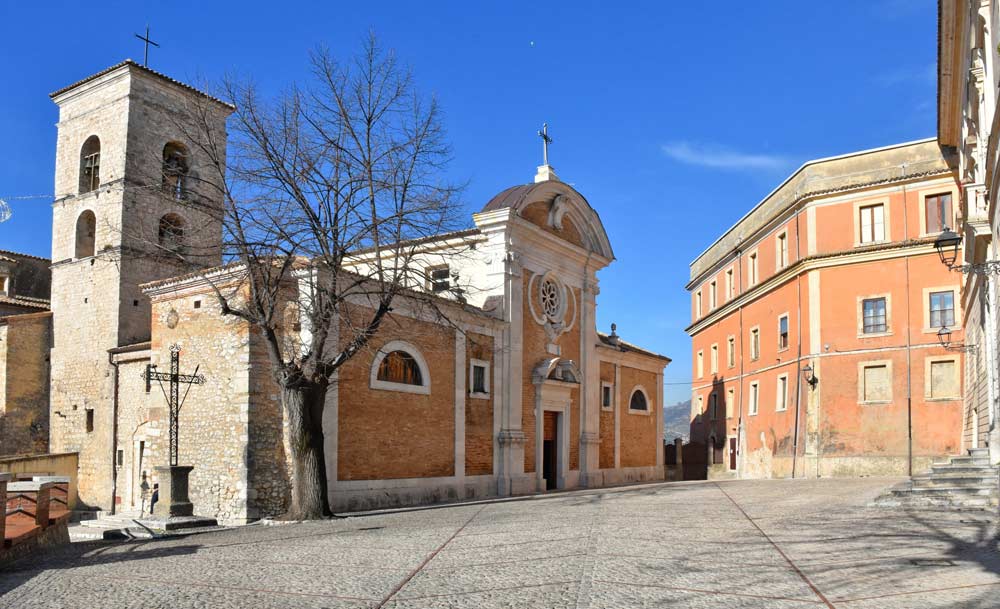
Basilica of Santa Maria Salome in Veroli
The Co-cathedral of Santa Maria Salome was built in 1209 in honour of the Saint (mother of the apostles James the Major and John the Evangelist) on the site where her remains had been found. The Basilica preserves the Scala Santa, commissioned by Pope Benedetto XIV and built between 1715 and 1740. Here, by climbing the twelve steps on the knees, indulgence can be obtained. The eleventh step houses a relic of the Calvary’s Cross.
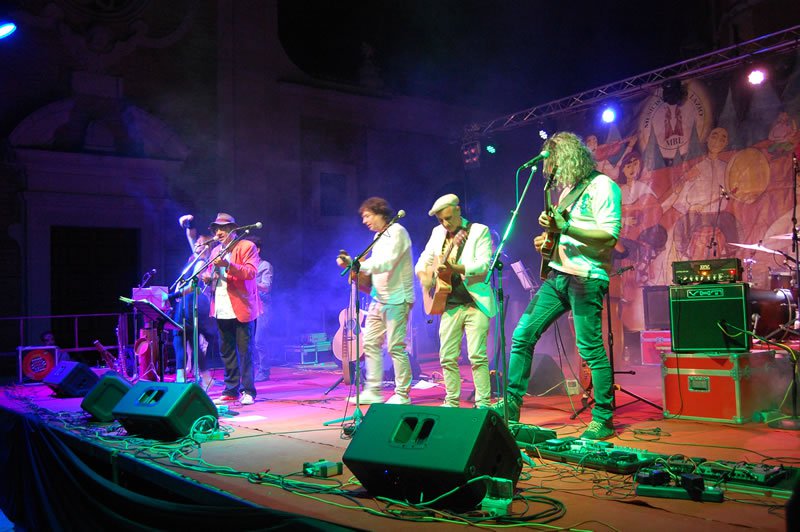
Ernica Etnica in Veroli
In the first half of August, in the square in front of the Basilica di Santa Salome, the National Festival of Italian Popular Music takes place.
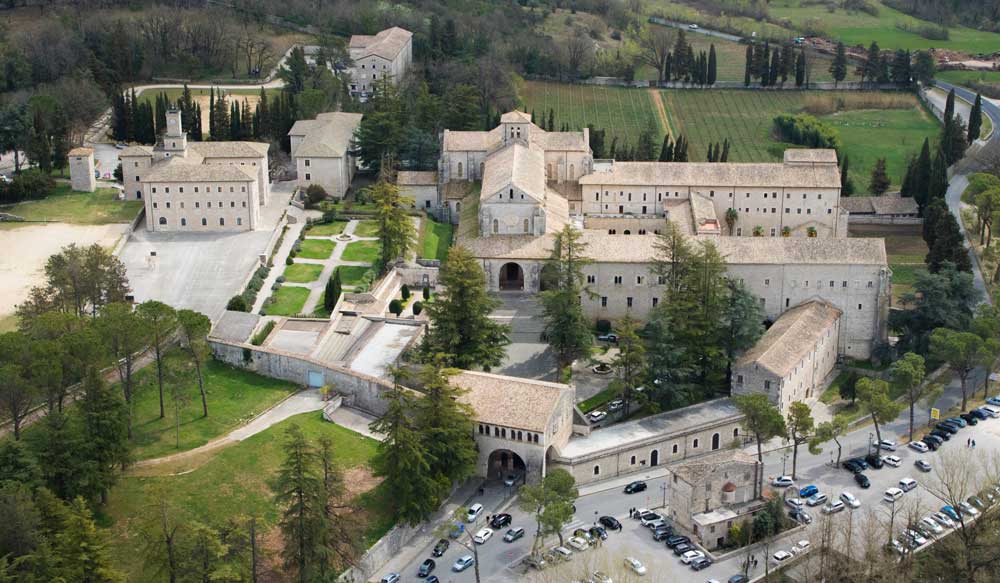
Casamari Abbey in Veroli
Casamari Abbey, the architectural jewel in Gothic-Cistercian style located at the eleventh stage of the Cammino di San Benedetto, was built on the ruins of the Roman Municipium Cereatae Marianae, birthplace of the General Gaius Marius. Founded in 1005, it was at first a Benedictine Monastery, and then passed to the Cistercians in 1140, who rebuilt it according to the architectural criteria of the Benedictine Order.
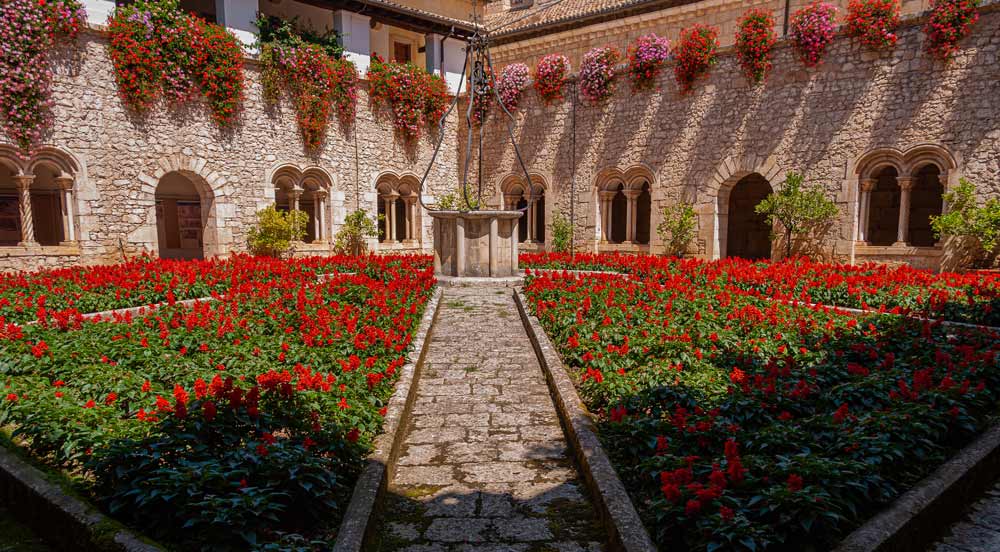
Casamari Abbey in Veroli
The still intact model of the Basilica, planned by the major reformer of the Order, Bernardo di Chiaravalle, preserves on the unadorned façade, curious esoteric symbols. The imposing Abbey also hosts the Library and the Pinacoteque Museum. From Prato di Campoli, the karst plateau in the Ernici Mountains, it is possible to admire an amazing view over the multicoloured trees in contrast with the green valley.
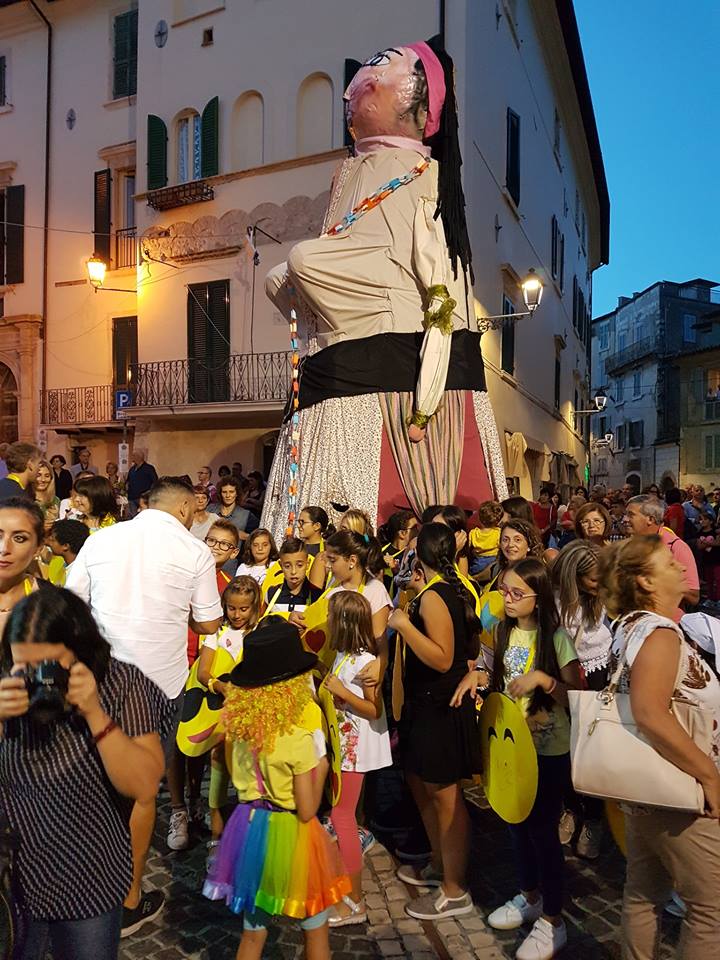
La Pantasema of Veroli – Facebook Pro Loco Veroli
La Pantasema, a cheerful allegorical float parade, has been celebrated in the first half of September for sixty years. The festival ends with the burning of a puppet called Fantoccio, symbolizing the end of the summer.
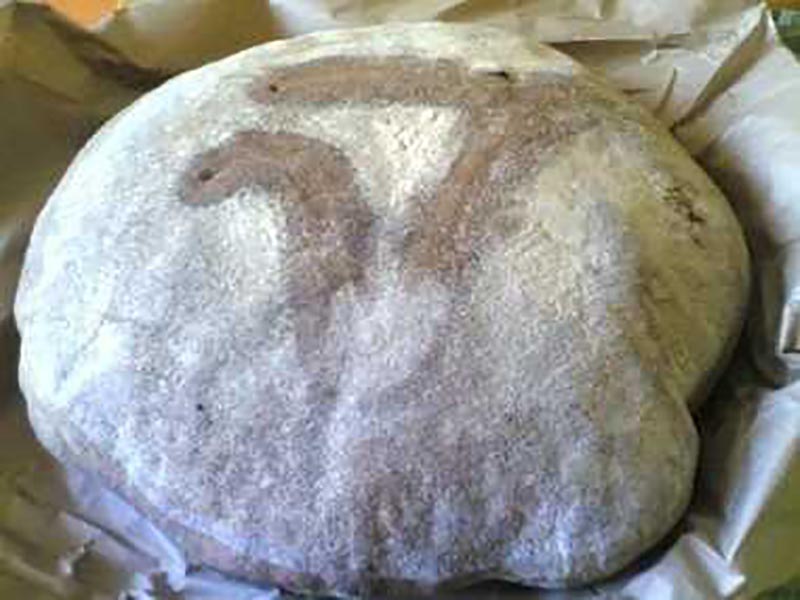
The homemade bread of Veroli
Among the local products not to be missed, stand out the traditional homemade bread and the Crespelle, delicious fritters particularly enjoyed during the festival.
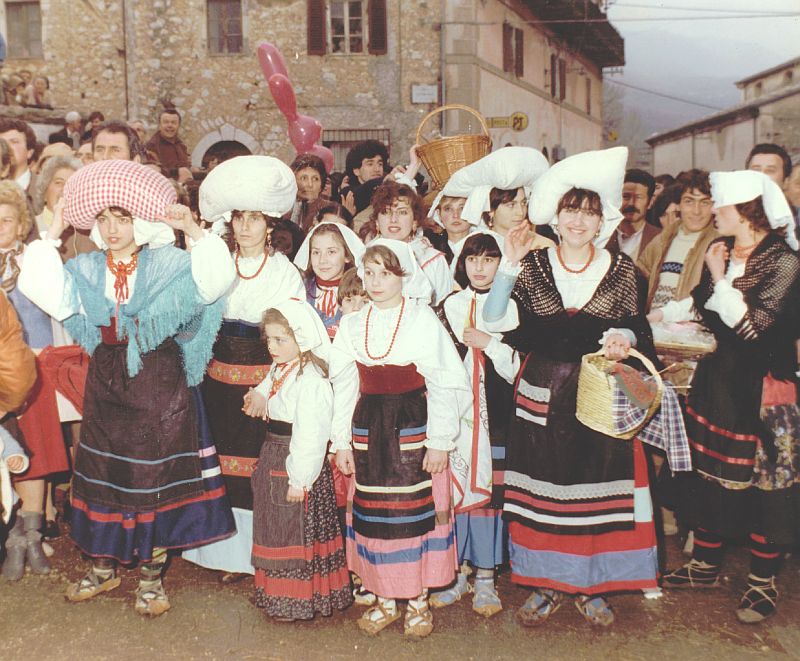
Festival of the Crespella in Santa Francesca di Veroli
The Festival of the Crespella, established in 1964 by two priests from Bergamo, takes place in the piedmont hamlet of Santa Francesca around March 10. The celebrations are dedicated to Santa Francesca Romana, originally worshipped by the young women from Veroli, and portrayed on a fifteenth-century fresco preserved in the local church.
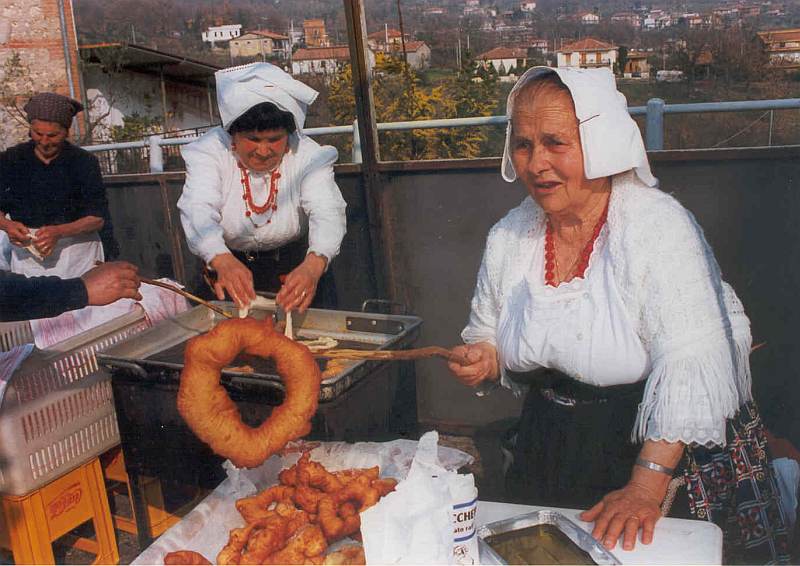
Festival of the Crespella in Santa Francesca di Veroli
The crespellare fry rings of flour and water in olive oil, and then sprinkle them with sugar. The festival also includes allegorical float parades and historical re-enactments of the nineteenth century everyday life in typical Ciociaro costume.
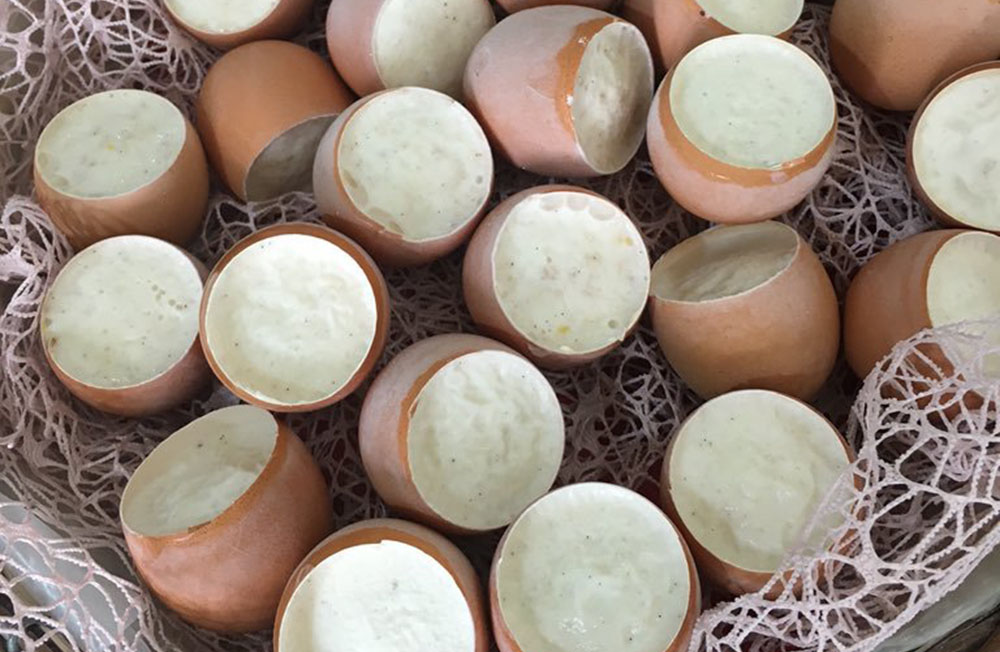
Uova stregate of Veroli
At Easter time, the uova stregate (bewitched eggs) are prepared, a secret recipe invented by the cloistered nuns of the Benedictine Monastery of Santa Maria dei Franconi.
